
Deep generative modeling for finance @ Sony Computer Science Labs (Japan, Tokyo / 2022)
I am developing variational auto-encoder models to visualize the behavior of funds managed by GPIF, the world's largest pool of retirement savings.

I am developing variational auto-encoder models to visualize the behavior of funds managed by GPIF, the world's largest pool of retirement savings.
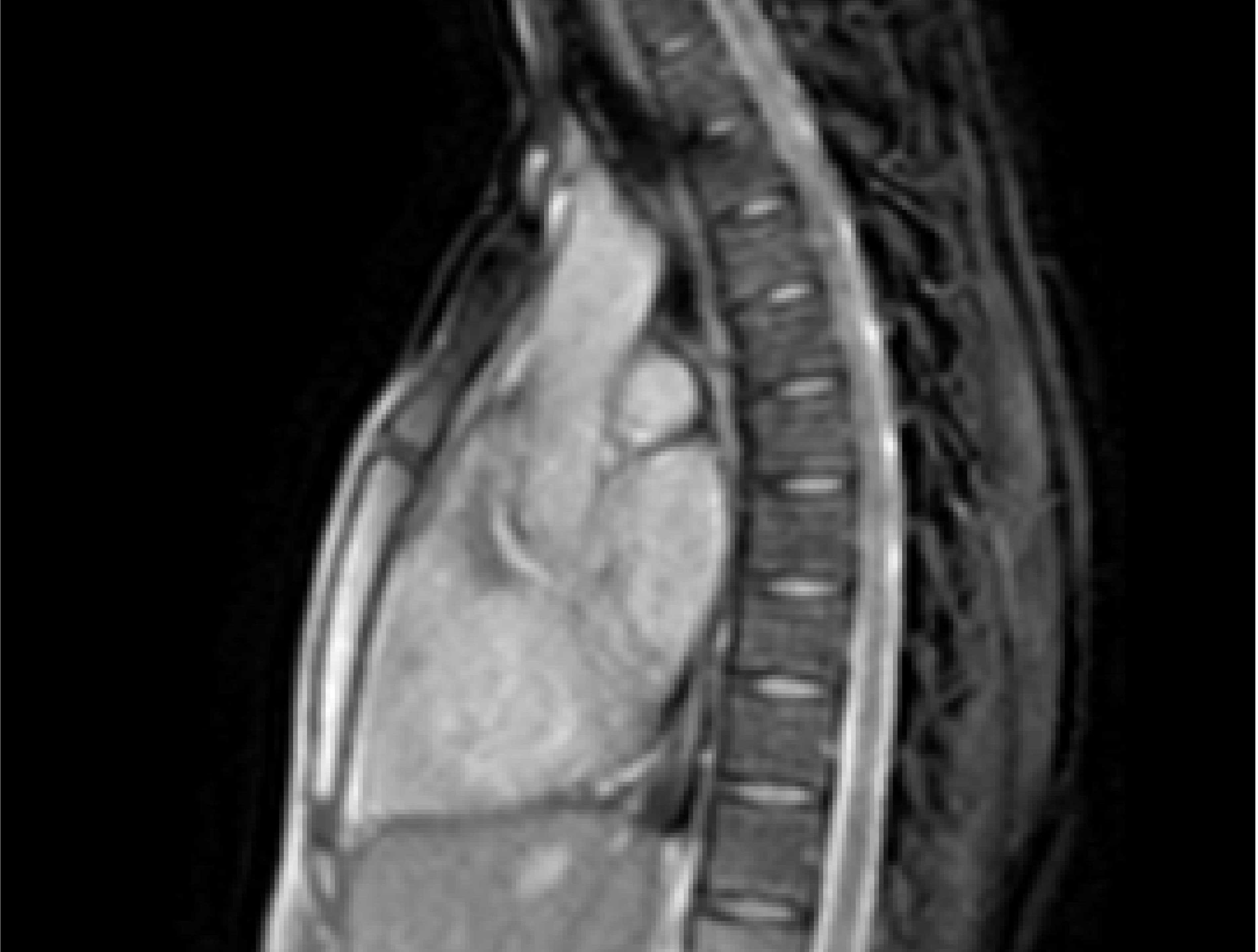
I am working on the prediction of chest images in MR video sequences using PCA and online learning of recurrent neural networks. Work in progress.

First application of the Unbiased Online Recurrent Optimization (UORO) algorithm to respiratory motion compensation in lung radiotherapy. UORO achieved the highest forecasting accuracy among the compared algorithms, leading to a decrease in the root-mean-square (RMS) error and maximum error of respectively 0.14mm and 2.9mm compared to RTRL, a classic online training algorithm for RNNs.
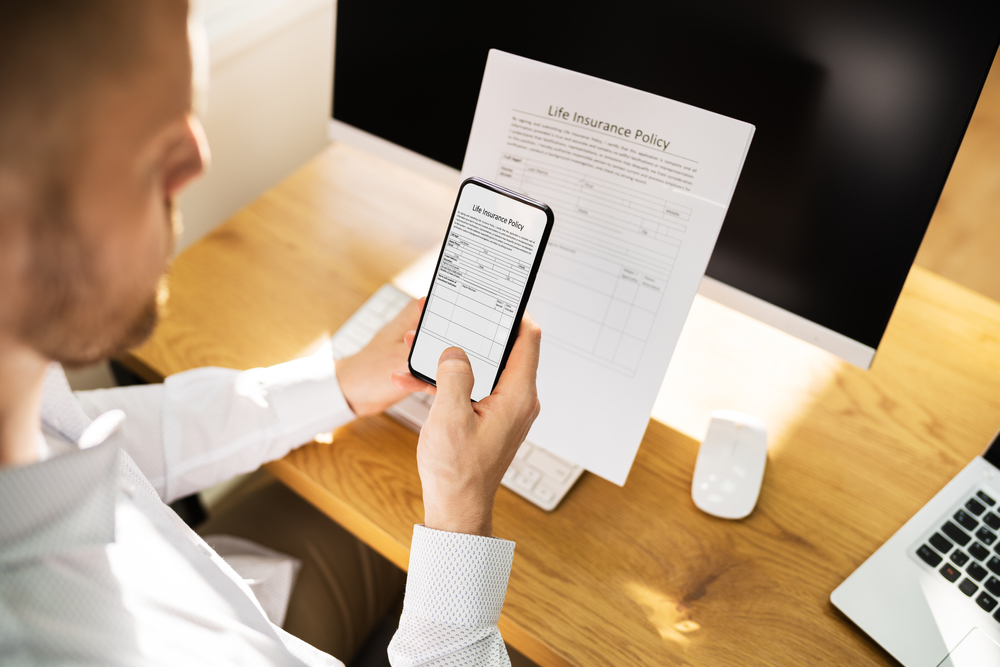
I researched robust OCR for blurry or noisy text images, potentially containing touching or cut characters. I developed a prototype in C and achieved a recognition accuracy 13.4% higher than that of Tesseract 3.04 (open-source software).
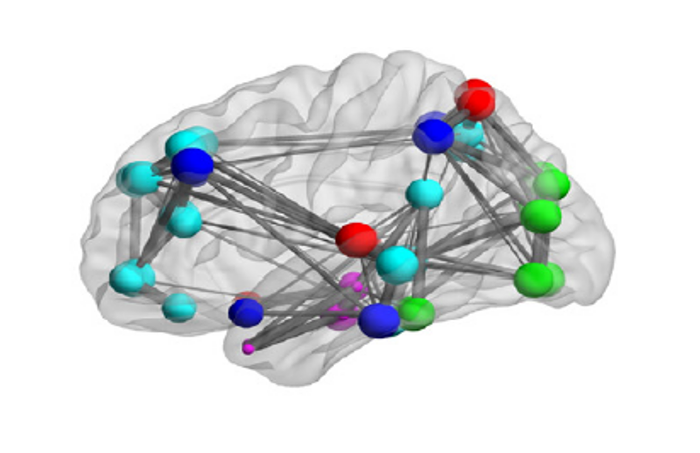
I applied spectral graph theory to the classification of PET images to assess whether a subject's brain is healthy or not. The F1 classification score achieved was 0.78/1.0
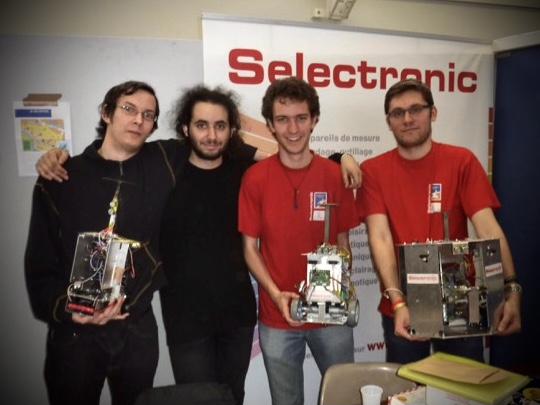
We built and programmed autonomous robots that execute actions on a table to score as many points as possible during a 90 seconds match. I actively took part in the following tasks (among others):
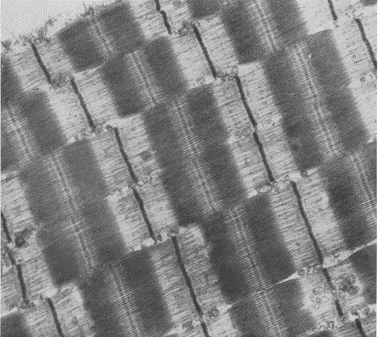
I described the mechanical response of the mechanical structure mentioned above under various conditions using systems of differential equations based on physical laws and linear algebra. This work enhances our understanding of DNA degradation due to X-rays in radiotherapy, and also represents a step forward for the development of new bioinspired materials.

I developed a fluid flow mathematical model to assess the feasibility of a non-contact sensor measuring borehole vibrations and requiring less time and power compared with usual devices. I derived and interpreted analytical pressure and velocity expressions as a function of the wellbore vibration parameters in different scenarios using partial differential equations, Fourier analysis, and asymptotic expansions to back up the sensor design recommendations.
I had the pleasure to advise Michel for almost five years on his research project about tumor position prediction for robotic control in radiotherapy, which helped him gain a thorough understanding of machine learning and computer vision. He developed the ability to identify relevant problems quickly, find innovative solutions, prioritize tasks, communicate results effectively, and handle uncertainty. When talking with him, one can appreciate his sense of humor and modesty. He is a great engineer and computer scientist.
As a supervisor of one of Michel's projects during his course of study, I should admit that he stands among the best young researcher I have ever worked with. Michel proved to have very good skills as an engineer, and also as a physicist: he is brilliant, he is able to developing at the same time both original physical ideas and code implementations. Besides, he is a very committed and concerned collaborator. In addition to the above professional skills, I like to add that Michel is a very nice and pro-active person. It is a real pleasure to collaborate with him, since he is able to offer the best combination of original thought and attitude of a hard team work.
I met Michel Pohl when he was a master's student in 2016. He attended my lectures on digital image processing and he was always asking me very interesting questions on the mathematical aspects of image processing. During the same year, I supervised his master's internship at Fresnel Institute on brain graph representation from positron emission tomography for computer-aided diagnosis purposes. Michel obtained very interesting results but unfortunately I was not able to obtain a scholarship to keep him working with me on a PhD subject. Michel is a very good scientist and he has all the skills to work either in a university or in a company.
I had the pleasure of working with Michel for two years on several projects at the Ecole Centrale de Lille. And, I have to say that I was impressed by Michel’s analytical skills. He was an adept at assimilating a lot of new information and he had good collaboration skills within the other members of the project team.